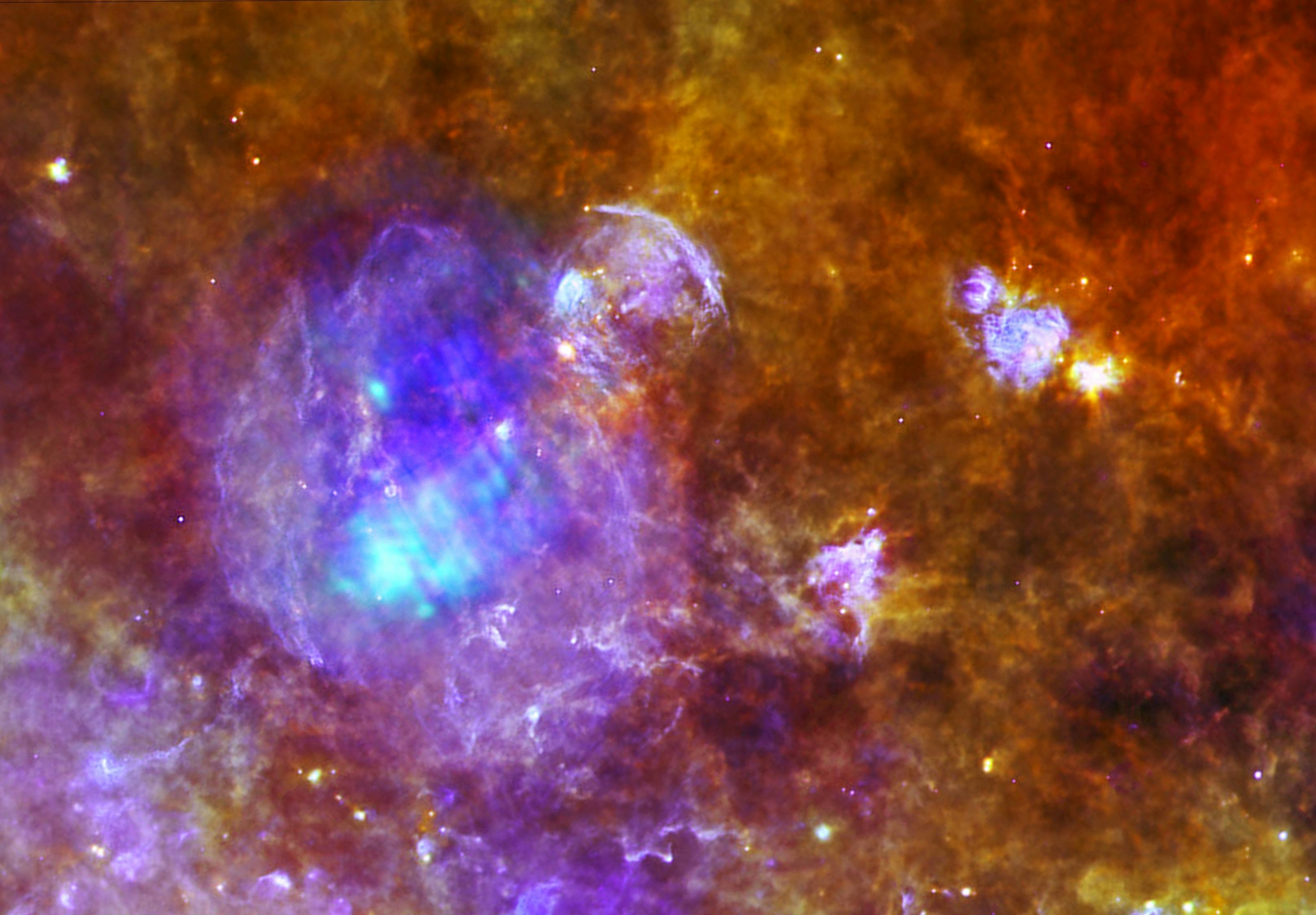
As we’ve noted in plenty of other articles, science also moves forward by constraints. Understanding the limits of a physical phenomenon helps to develop better methods of looking for it, especially in its absence. Dark matter is an archetype of a missing phenomenon, but there are plenty of potential explanations for it.
One of them is known as the axion, which was originally developed as a hypothetical particle that could plug a hole in the Standard Model of particle physics but could also solve the problem of dark energy. That is, if they actually exist. Now a new experiment from researchers at CERN can help the scientific community better define where to look for those axions.
Part of the problem with searching for axions is how widely varied their properties could potentially be. Both their strength of interaction with other particles and their mass, two of the most fundamental parts of any particle in the standard model, is up for debate at this point. And to cover that many possibilities, physicists must look all over the place for them.
They generally agree on one of the ways to do so, though — axions can turn into photons if they are subjected to a strong enough magnetic field. And photons can be detected. As such, most axion detectors consist of powerful magnets and photodetectors, and one of the most capable is the CERN Axion Solar Telescope (CAST) experiment.
CAST is basically a giant metal tube with a very strong magnet known as a helioscope and various kinds of light detectors inside of it. It was initially designed to look at axions that could be coming from our own Sun. So far, it has failed to find any, but the scientists working on the experiment came up with a slight modification that allowed them to take a look at even more data.
Their modifications resulted in the magnet being capable of detecting axions that would have developed in the dark matter halo that surrounds the Milky Way. This is another possible source of axions, but one that other experiments haven’t yet explored. The next experiment, dubbed an axion haloscope, or CAST-CAPP, started collecting data in September 2019.
Since it is unclear what frequency of photon axions would turn into at the magnetic field strengths provided by CAST-CAPP, the scientific team had to monitor a wide range of possible frequencies, which took almost two full years. The team also had to eliminate potential noise contamination, such as that from 5 GHz wireless signals.
Unfortunately, even after that, there were still no signs of axions. But, as stated at the beginning of the article, even a lack of evidence for something can help move science forward. Researchers can now definitively narrow down the maximum potential strength of an axion’s interaction with photons and tailor their experiments accordingly. CAST, in all its various forms, isn’t done with its mission yet.
This article was originally published on Universe Today by ANDY TOMASWICK. Read the original article here.







